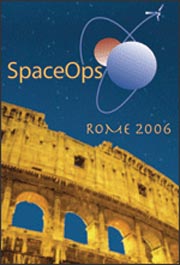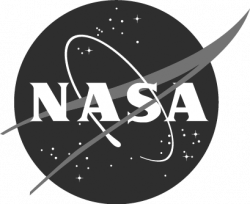
This award recognizes spacecraft operation specialists who make exceptional contributions to the success of their space mission.
The USGS Landsat 5 Flight Operations Anomaly Team is Ron Smilek, Steve Covington, Sergio Hasebe, John Rowe, John Gasch, Claef Hakun, Genghmun Eng, Javier Lecha, Marco Toral, and Dave Lorenz.
Over the course of six months, the team solved a problem with both the satellite’s downlink communications and with the solar array drive.
The engraved crystal trophy was officially awarded on June 21, 2006 at the SpaceOps 2006 Conference’s gala dinner in Rome. The International Committee on Technical Interchange for Space Mission Operations and Ground Data Systems (SpaceOps) is part of the American Institute of Aeronautics and Astronautics (AIAA).

A Planet in Focus – Landsat 7’s Legacy
Celebrating the 25-year mission of Landsat 7, a NASA/USGS satellite that revolutionized Earth observation with high-resolution imagery used in agriculture, disaster response, climate research, and more.





